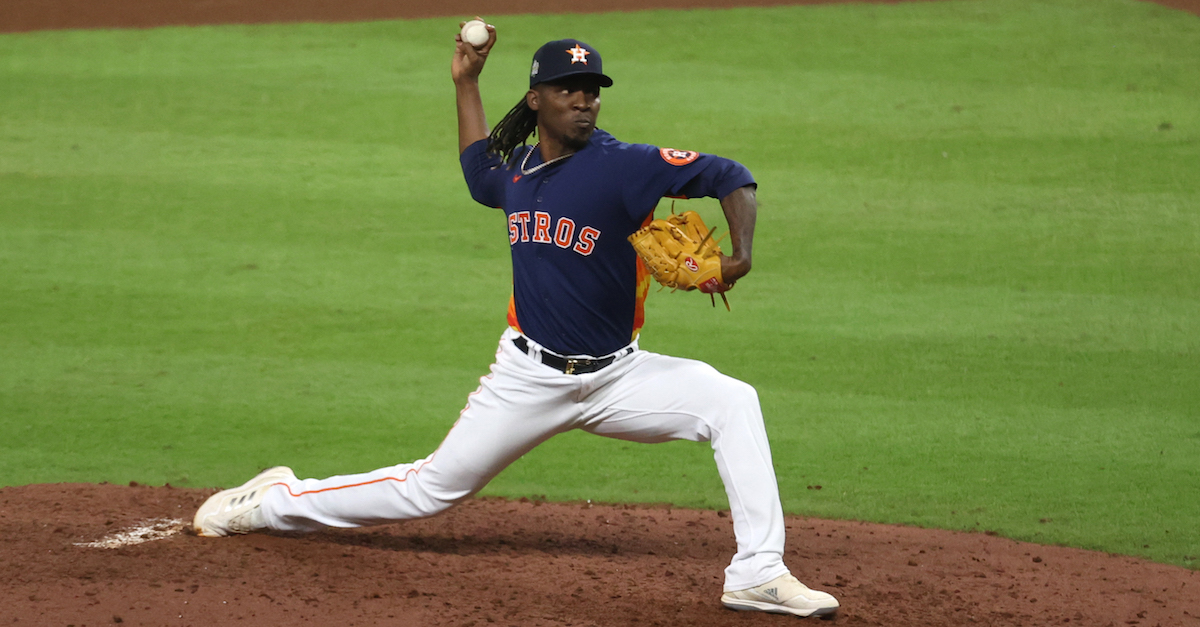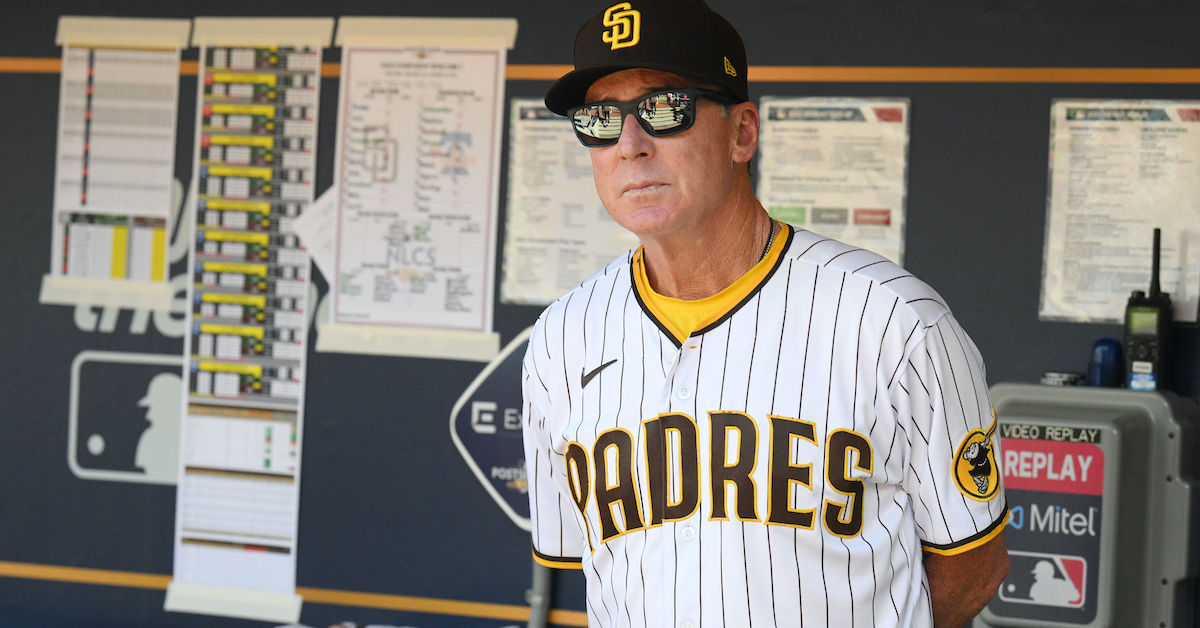The Red Sox Will Miss Bogaerts Soon and for the Rest of Their Lives

For most of Winter Meetings, the San Diego Padres vigorously pursued a few of the best free agents available only to come up short on Trea Turner and Aaron Judge. Well, they finally made their big splash after most of the reporters and analysts had returned to their climatologically inferior home cities, signing shortstop Xander Bogaerts, formerly of the Boston Red Sox, to a monster 11-year contract. Bogaerts now stands an impressive $280 million richer and a lot of the Padres’ positional dominoes have fallen into place for the 2023 season.
If you’re ever prone to thinking that a player opt-out is mere frippery, like Roy Oswalt’s tractor or the mustache wax benefit that Rollie Fingers received, Bogaerts’ prior contract extension ought to firmly disabuse you of the notion. Bogaerts would have originally hit free agency after the 2020 season, but he came to terms with the Red Sox on a six-year, $120 million deal to keep him in Boston for what was likely to be the rest of his prime. Here’s what the projection looked like if we go back to that blessed time when we might have mistaken “Covid” for the first name of a Swedish scientist:
| Year | BA | OBP | SLG | AB | R | H | 2B | 3B | HR | RBI | BB | SO | SB | OPS+ | DR | WAR |
|---|---|---|---|---|---|---|---|---|---|---|---|---|---|---|---|---|
| 2020 | .288 | .360 | .499 | 601 | 102 | 173 | 42 | 2 | 27 | 104 | 66 | 120 | 8 | 123 | -5 | 4.1 |
| 2021 | .283 | .357 | .504 | 575 | 97 | 163 | 42 | 2 | 27 | 100 | 64 | 117 | 7 | 123 | -6 | 3.8 |
| 2022 | .284 | .357 | .505 | 560 | 94 | 159 | 40 | 3 | 26 | 98 | 62 | 110 | 7 | 124 | -7 | 3.7 |
| 2023 | .282 | .356 | .504 | 542 | 91 | 153 | 38 | 2 | 26 | 95 | 60 | 102 | 7 | 123 | -7 | 3.4 |
| 2024 | .280 | .353 | .492 | 522 | 86 | 146 | 35 | 2 | 24 | 90 | 57 | 96 | 6 | 119 | -8 | 2.9 |
| 2025 | .276 | .346 | .476 | 500 | 79 | 138 | 33 | 2 | 21 | 82 | 52 | 89 | 5 | 114 | -9 | 2.3 |






